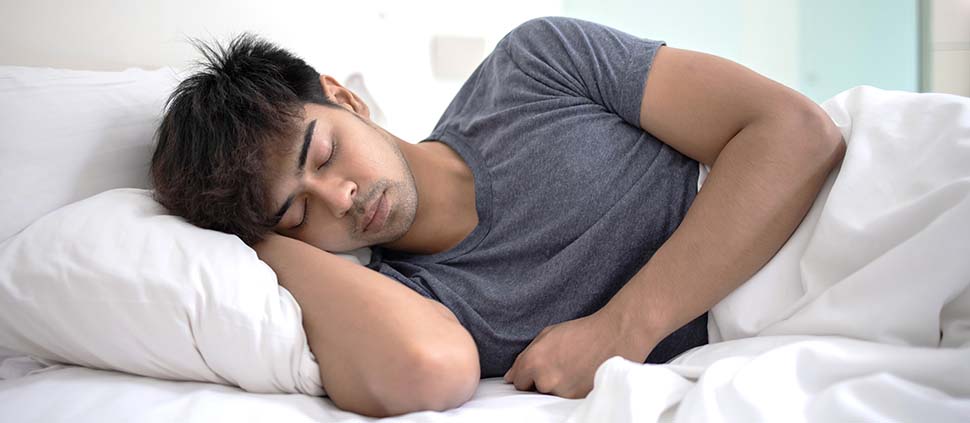
The Reality About Obstructive Sleep Apnea
If you find yourself being affected by sleep apnea, you might want to consider getting treatment at our Serangoon clinic. Located in Serangoon Gardens, which is known for its serene atmosphere and convenient location, you can come down for treatment at your preferred time and date.
Our dental facility has the necessary equipment to deal with many medical conditions, such as high blood pressure, tonsils and adenoids, and nasal congestion of soft tissues. Our team can provide you and your family members with the assistance needed to treat your particular ailment.
What is Sleep Apnea?
Sleep apnea is a significant sleep disorder in which breathing frequently stops and starts. If you tend to snore loudly and feel exhausted when you wake up in the morning, it is likely you have sleep apnea.

There are three types of sleep apnea:
- Obstructive sleep apnea: The most commonly-known form, which occurs when throat muscles relax.
- Central sleep apnea: Occurs when your brain doesn’t send proper signals to the muscles that control your breathing.
- Complex sleep apnea: It is also referred to as treatment-emergent central sleep apnea, a combination of obstructive sleep apnea and central sleep apnea.
All these conditions require timely treatment; hence it’s advisable to see your doctor as soon as possible. This can help relieve symptoms and also prevent the progression of heart attacks or heart disease and increase the risk of other complications.
The Reality about Obstructive Sleep Apnea (OSA)
Obstructive Sleep Apnea occurs when the muscles in the back of your throat relax. They support the soft palate, the uvula (the tissue hanging from the soft palate), the tonsils, as well as the sidewalls of the throat and the tongue.
Upon relaxation of the muscles, the airway narrows, which lowers the oxygen levels in your blood. Your brain senses your breathing incapacity and wakes you up to enable you to reopen your airway. This happens so quickly that you won’t recall it.
Choking, snorting, or gasping is a common occurrence. These can prevent you from getting a good night’s sleep by manifesting as many as thirty times or each hour, all night.

Obstructive Sleep Apnea vs. Central Sleep Apnea
Obstructive sleep apnea occurs when the muscles in the back of your throat relax. Central sleep apnea, on the other hand, occurs when your brain is unable to transmit signals to your breathing muscles. This leads to shortness of breath and trouble with getting enough sleep.
Common Signs & Symptoms
Obstructive and central sleep apnea have many symptoms in common, making it tough to determine what kind of apnea you are suffering from. Some of the most common signs and symptoms of obstructive and central sleep apnea are:
- Deep snoring
- Breathlessness during sleep
- Waking up with a dry mouth
- Morning headache
- Insomnia (trouble falling asleep)
- Hypersomnia (extreme daytime sleepiness)
- Grumpiness
- Trouble paying attention
Now that you have the necessary information about sleep apnea, you are one step closer to a possible diagnosis and treatment of OSA.
Feel free to book your appointment with us at our Serangoon clinic or other clinics or contact us for further information on treatment options and respiratory medicine. If you require internal medicine for other dental issues, we are glad to be of assistance!

.png?width=2223&height=447&name=Background%20(4).png)

-1.svg)




